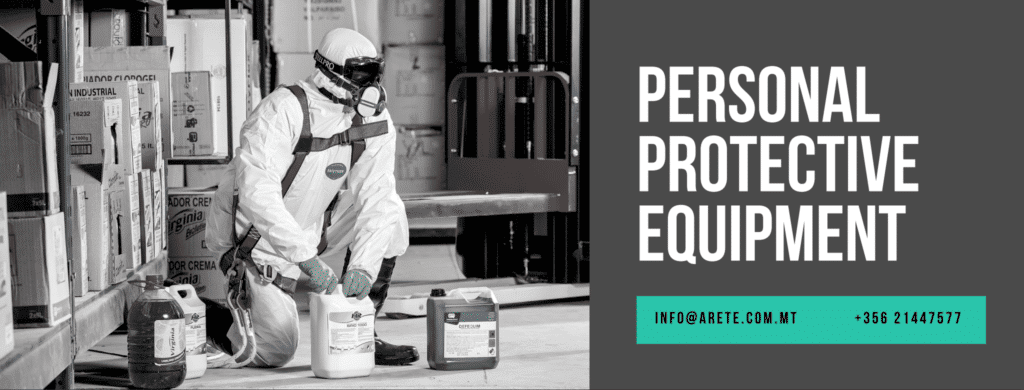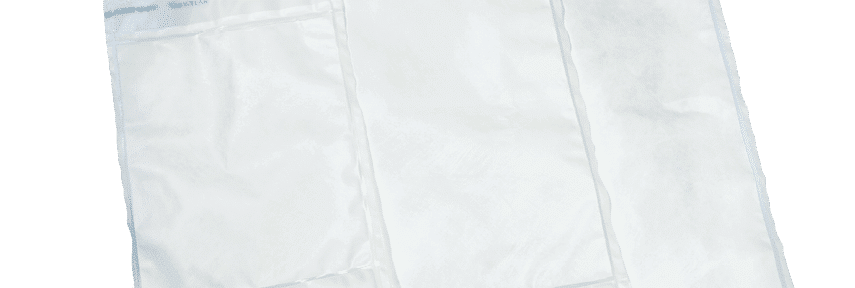1. Protect Your Head
Wearing a helmet can be a life saver. A sturdy helmet that is adapted to the working conditions, could prevent serious injury. Nowadays, you can find many elegant designs and extras for added comfort, such as adjustable interior harnesses and comfortable sweatbands.
2. Protect Your Eyes
Each day, more than 600 people worldwide sustain eye injuries in the workplace. A good pair of safety glasses, could prevent injuring the most complex and fragile part of our body.
3. Protect Your Ears
When working in an environment with high sound levels, it is important to consider hearing protection. Earplugs are very comfortable, while earmuffs are convenient on the work floor as you can quickly put these on or take them off.
4. Maintaining Good Respiration
Wearing a mask at work is no luxury, especially when coming into contact with hazardous materials. 15% of the workers within the EU inhale vapours, smoke, powder or dust while performing their job. Dust masks offer protection against fine dust and other dangerous particles. If the materials are truly toxic, use a full-face mask, which fastens tightly to the face, to protect the nose and mouth against harmful particles, and choose your filters wisely.
5. Protect Your Hands
Hands and fingers are our main tools while working, leaving them very exposed, so it is vital to protect them properly. Depending on the sector you work in, you can choose from gloves for different applications:
- protection against splashes from diluted chemicals.
- protection against cuts by sharp materials
- protection against cold or heat
- protection against bacteriological risks
6. Protect Your Feet
Even your feet need solid protection. Safety shoes (type Sb, S1, S2 or S3) and boots (type S4 or S5) are the ideal solution to protect the feet. A non-slip sole is useful when working in a damp environment, when considering that 16,2% of all industrial accidents are caused by slips, trips and falls. Rubber boots and disposable shoe covers also come in handy, when the splashing of substances is expected.
7. Wear The Correct Work Clothing
High visibility at work is also crucial in the prevention of accidents: a high-visibility jacket and/or pants made of a strong fabric can help prevent accidents, and lab coats or disposable coveralls can protect your clothing from stains and contamination.
8. Prevent Accidents
The workplace should be organised in such a way that no serious accidents can take place. A simple way to make your workspace safer is to use pictograms: indicating flammable materials, the necessary use of hearing protection or indicating emergency exits, for example. The proper segregation of chemicals kept in the proper storage, according to their hazard class, is also of utmost importance. As well as keeping chemicals in their original containers with their hazard warnings in clear view. The best way to review any potential hazards, is by engaging a professional to carry out a risk assessment.
9. Be Prepared For Worst-Case Scenarios
Prevention is better than cure, however, in the rare event that an accident occurs, it is important is to be prepared for the worst. A first-aid kit is imperative, and should be well stocked, to cater for the amount of people working in a given space. If an employee comes into contact with chemicals, a safety shower or eye wash station is mandatory, to rinse off the substances his body immediately. Spill kits are also handy to contain any leakages or breakages of chemical bottles.
For more information on the full ranges of these products, and consultation on how to make your workplace safe for you and those around you; contact us on info@arete.com.mt or +356 21447577





